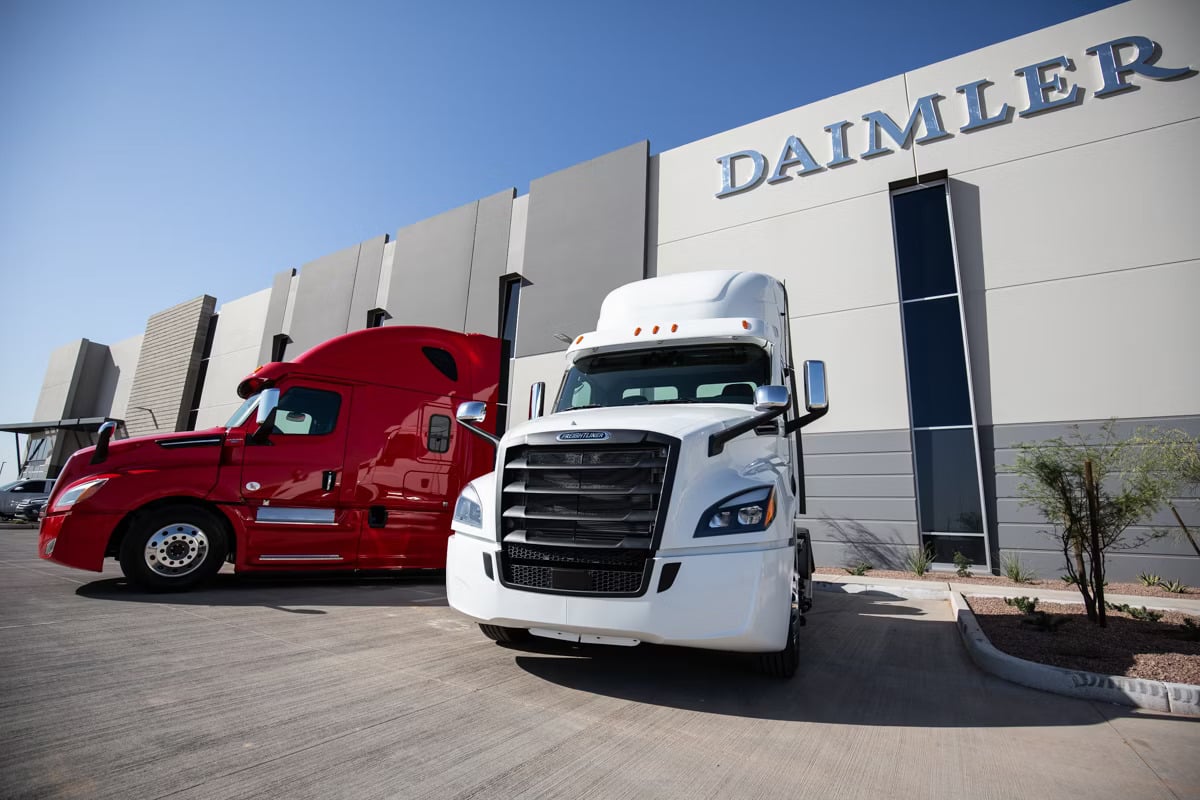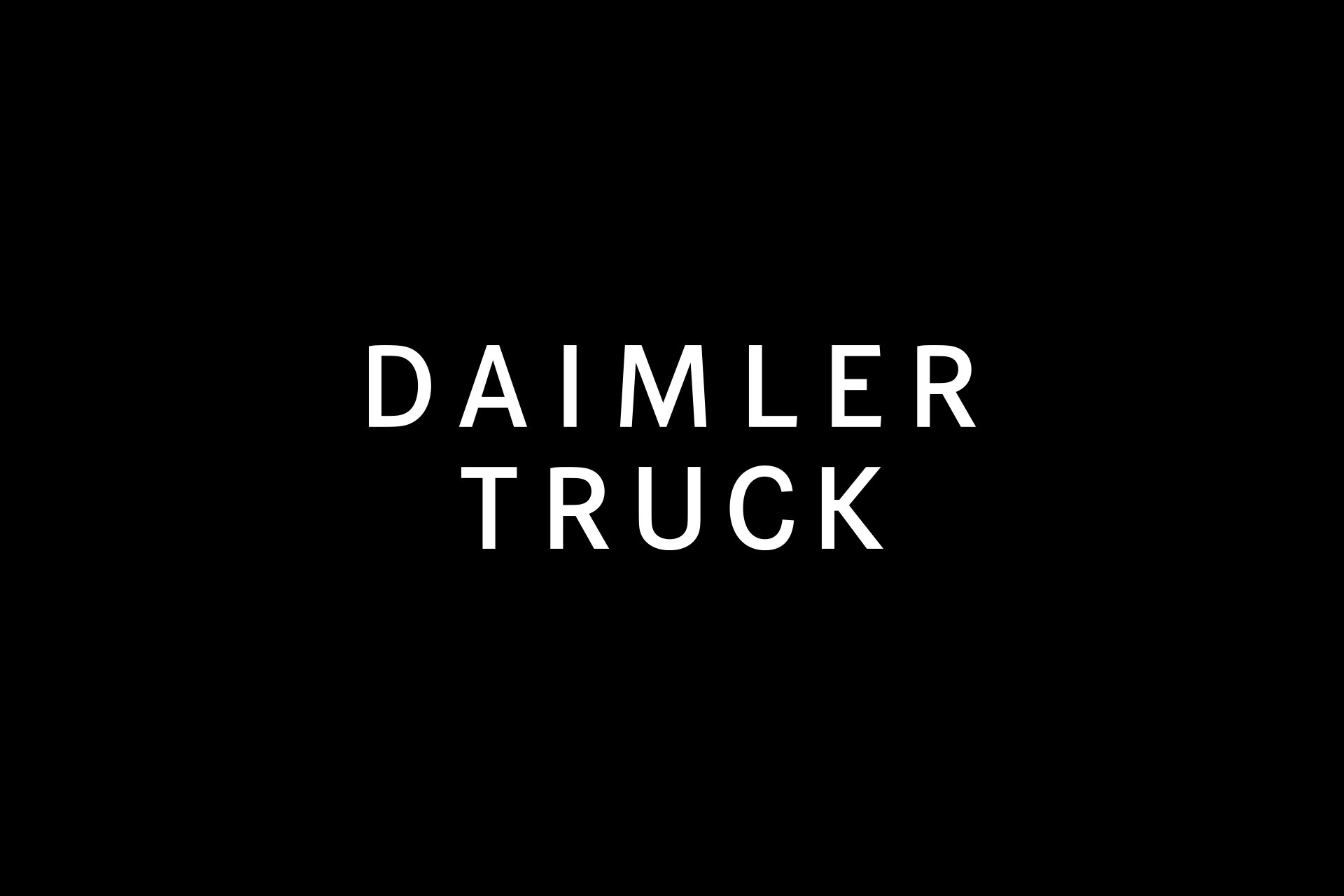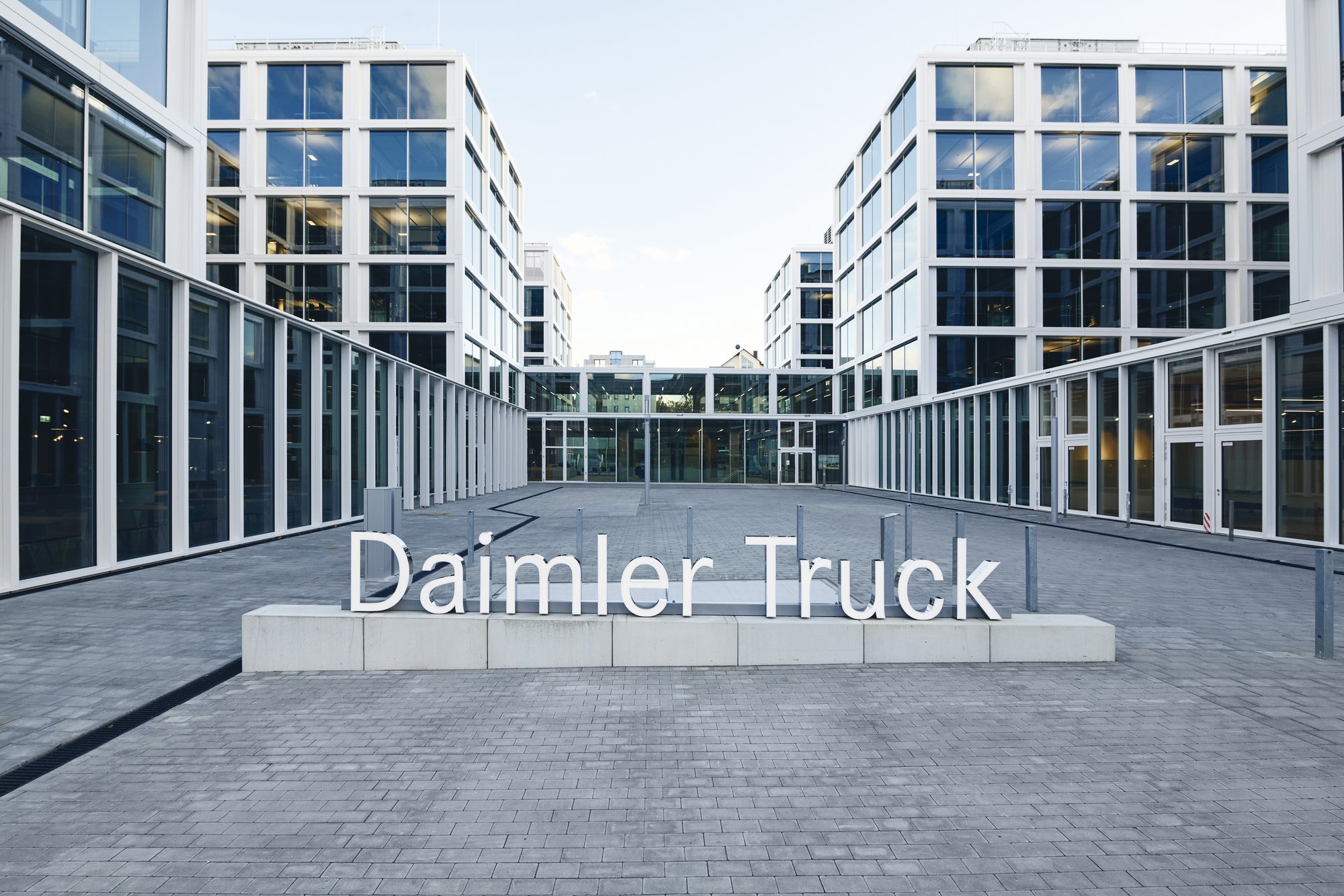How We Made It Happen

The Challenge
Daimler Truck operates on a global scale, with data flowing in from production lines, supply chains, and regional business units. But as systems grew around individual functions, pulling that data into one clear view became increasingly difficult.
Key operational data was scattered across disconnected platforms, making even routine analysis time-consuming. Teams often had to rely on manual workarounds just to compile basic reports, slowing down decision-making and increasing the risk of inconsistency.
Challenges like these aren’t unique to Daimler; they’re common among large enterprises across Europe. We at Spadoom, with years of experience in SAP consulting for European businesses, recognized the signs early and understood the operational risks of letting fragmentation persist.
What Daimler needed was a foundation built on integrated SAP solutions, capable of bringing those moving parts together. One platform that could streamline access, reduce reliance on manual inputs, and provide teams across the organization with a more connected, consistent view of performance.

The Solution
Daimler Truck needed more than an out-of-the-box analytics platform; they needed a system that respected the way their teams actually work. Through focused SAP consulting, Spadoom responded by building a customized analytics model that mirrored their internal structures and decision flows. Instead of forcing a generic template across departments, we shaped each layer of the solution to match the needs of specific business units — from production planning to supply chain coordination.
One of the first issues we addressed was the fragmentation of data. Daimler’s teams were pulling reports from too many disconnected sources. We consolidated these sources into a single platform, making sure the data structure mirrored the way each department worked, so the platform didn’t just centralize information; it made it more usable.
The system architecture was built on SAP Analytics Cloud, but the value came from how it was configured. Every model, connection, and workflow was aligned to Daimler’s operations, made possible by a deep focus on SAP system integration tailored to their environment, so their teams could interact with data in a format that made sense from day one.
Finally, we made sure the system could scale. Whether Daimler Truck expands into new markets, adds new metrics, or shifts business priorities, the solution is built to evolve without requiring a rebuild, so their analytics can grow with their decisions, not lag behind them.

The Results
Once the analytics platform was in use, decision-making started to look different. Teams were no longer reacting to partial reports or chasing down conflicting numbers. They had access to complete, consistent data, structured around the actual questions being asked within the business. This gave leaders the context they needed to act decisively without second-guessing the numbers behind them.
Operationally, the changes were evident across the supply chain. Planning meetings that once required reconciling spreadsheets and locally maintained data sets were replaced by faster, more aligned workflows. Shared access to structured data enabled teams to plan together, act sooner, and prevent breakdowns caused by information gaps.
These changes also facilitated better cost control. With increased visibility into resource use and performance patterns, Daimler Truck could pinpoint where efficiency was being lost and fix it early. Savings weren’t a byproduct; they were a direct result of getting the information right the first time.
More broadly, the shift became a defining moment in Daimler’s digital transformation, elevating analytics from a backend reporting tool to a core operational asset. It created space for proactive decision-making, gave the teams confidence in the information in front of them, and positioned data at the heart of how Daimler Truck manages its business.










